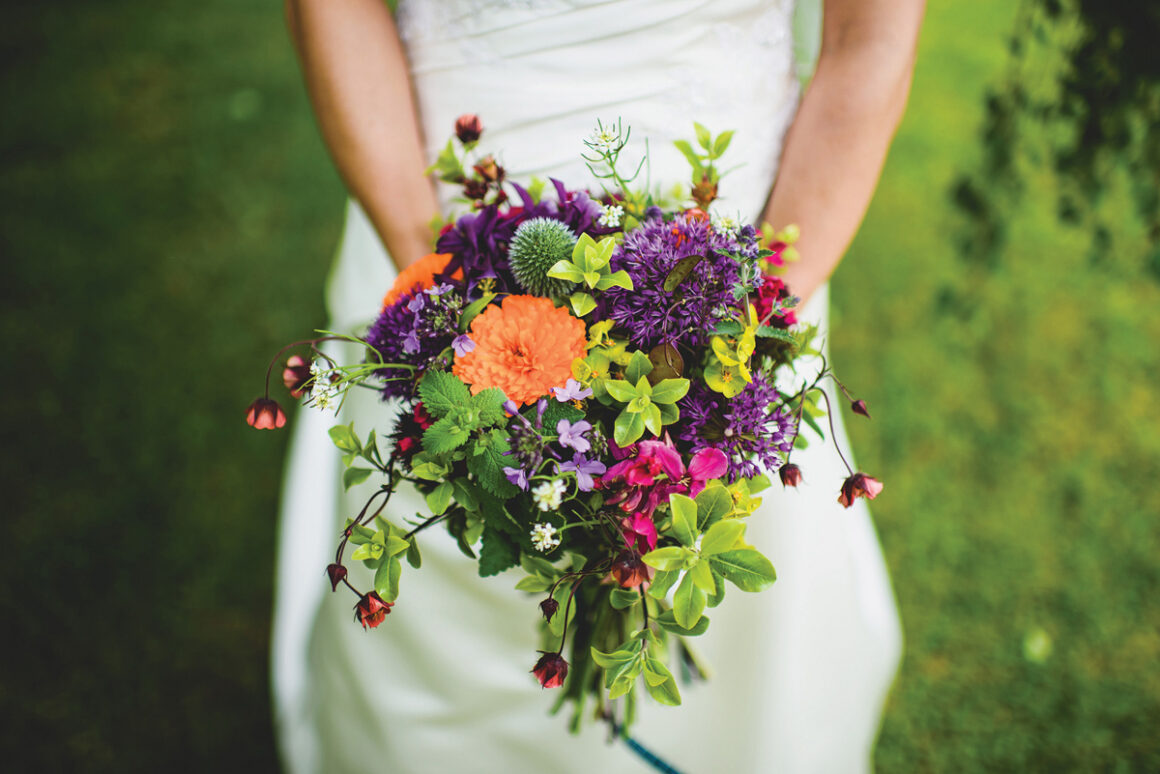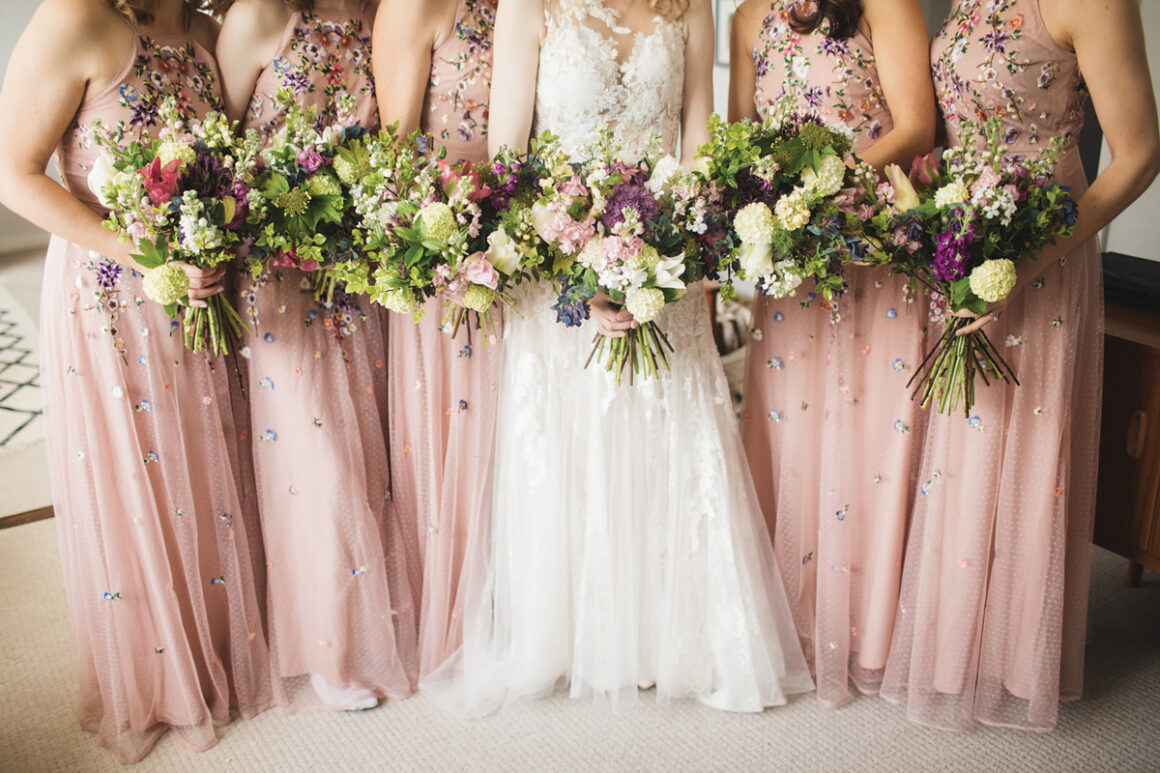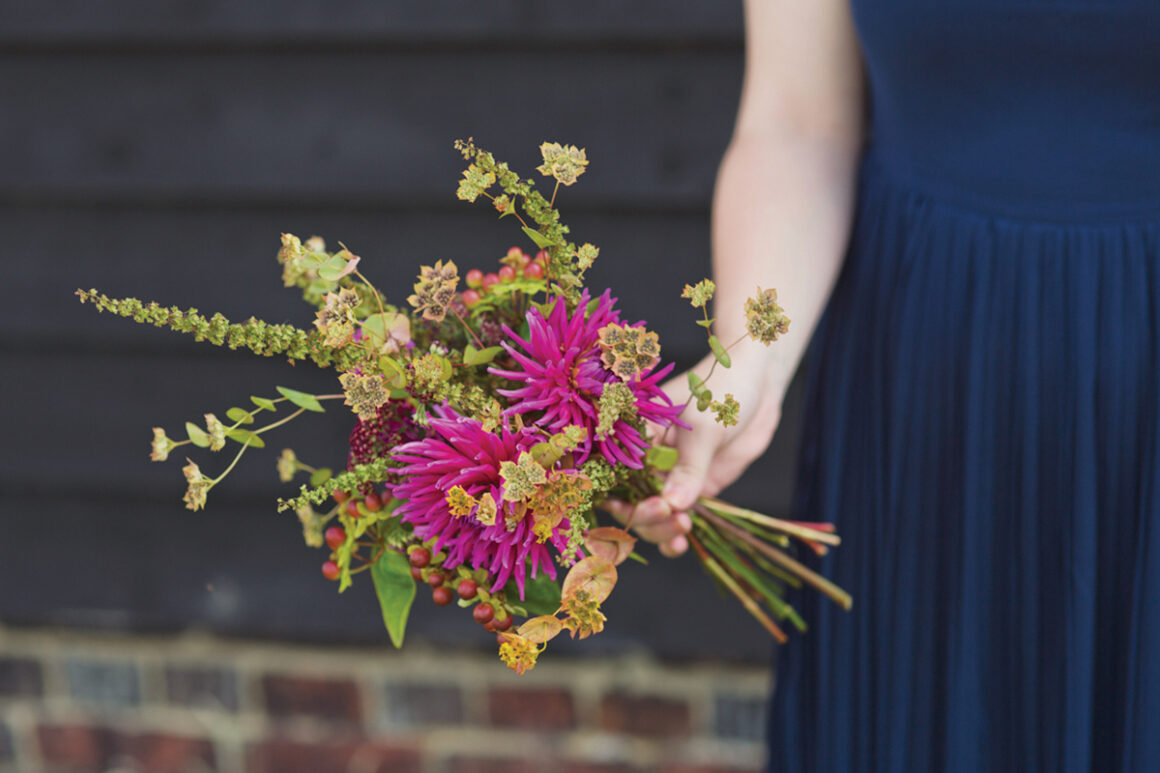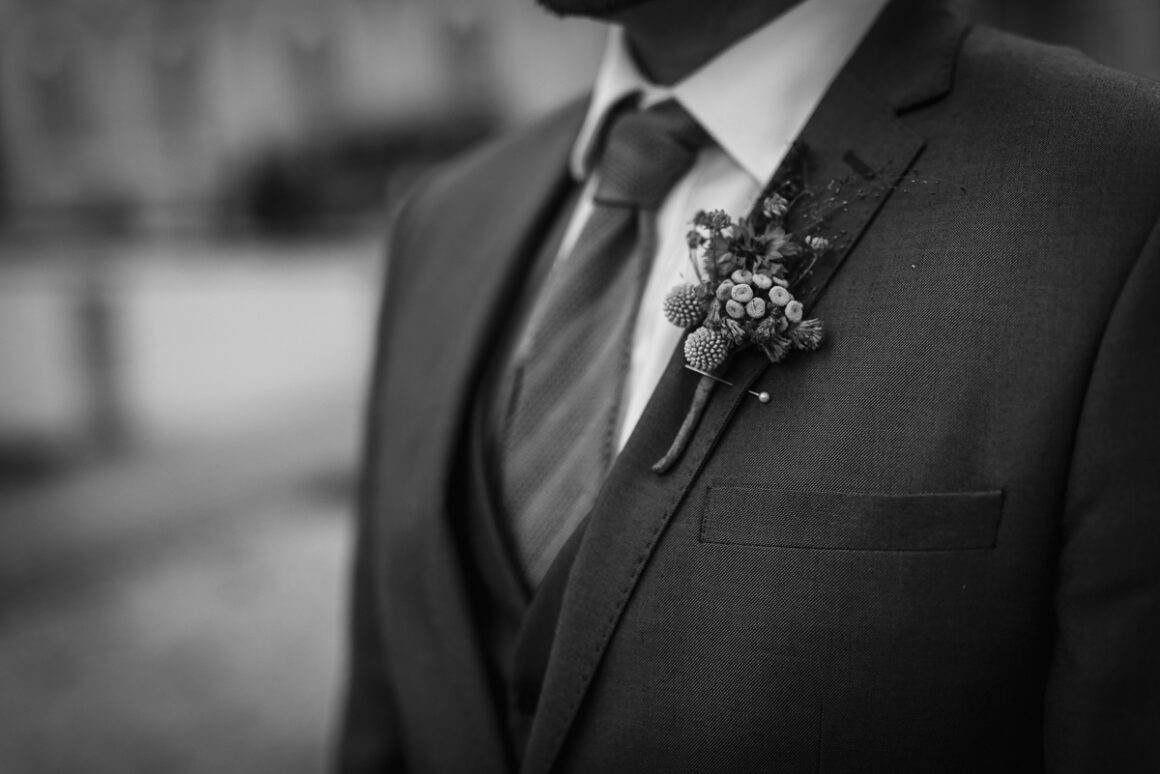Love blossoms year-round
With such a variety of blooms available throughout the year in the UK, choosing a seasonal bouquet is full of possibilitie
James Rouse
It’s little wonder that florists are so key to weddings. Whether you’re planning to keep things low-key, with just a bridal bouquet and some buttonholes, or whether you intend to festoon every available inch of space with blooms, there’s much to be said for thinking about choosing your flowers according to what’s in season locally. Not only does it slash the air miles and carbon footprint associated with imported varieties, but it supports local businesses and will probably result in fresher, more fragrant and longer-lasting flowers.
Cat Lane
Flowers have long been linked with romance – why else did Robert Burns liken love to a ‘red, red rose’ – and why else did Shakespeare have sleeping eyelids stroked with petal juice to incite mad devotion in A Midsummer Night’s Dream? According to a study conducted in France, the mere presence of flowers makes people more receptive to romance – that’s right, you can simply be near a florist, without setting foot inside, to impress the object of your affections!
Grown not flown
“I choose to use as much as I can from local farms, nurseries and my allotment,” says Sussex-based florist Kate Lindsey (thenaturalflorist.net). “My business is based on being earth friendly, but I also find using locally grown flowers and foliage captures the essence of where I live, making my arrangements very natural and authentic.”
“Locally grown flowers are very much sought after by wedding couples,” agrees award winning florist Steph Willoughby, of Chirpee Flowers (chirpee.net), “but availability will be dependent on the vagaries of the UK weather.” The key?“Flexibility and trusting the experience of your chosen florist and grower.” She also points out that it’s not all bad news where flown-in flowers are concerned, as flower growers work closely with flight companies to fill planes that aren’t at capacity.
Despite your passion for a particular type of flower, it’s important to consider your venue and how the colours will work within that setting. For example, if your ceremony and reception are to take place outside or in a marquee in the (fingers crossed!) bright sunlight of a summer’s day, white flowers and pale colours may be ‘lost’ in the photos – so bold hues may be a better bet.
Cotton Candy
Spring into Summer
Seasonally speaking? Summer is when peony fever is in full swing, not only on Instagram but in wedding bouquets all over the country! And who can blame brides for giving these gloriously fluffy and extravagant blooms all the heart eyes? Deliciously scented and oh-so-pretty, they’re about as romantic as flowers get.
“Early summer is my favourite time of year, with the spectacular cornflowers dancing, the sweet peas and their amazing scent and the fox gloves that stand tall and elegant,” says Kate. Steph also recommends the feathery plumes of Astilbe, plus Astrantia, with its unusual pom-pom centre surrounded by a mane of petals.
Rather than having a primary flower running throughout the whole of your wedding scheme, you may wish to use different but complementary varieties. The heady scent of paperwhite Narcissi, available in Spring, may be too overpowering for table arrangements, but lovely within the bouquet – while profusions of equally seasonal tulips could run through the rest of your scheme. Ranunculi are a beautiful seasonal choice, with their variety of colours and layers of papery petals making striking arrangements.
Fall into Winter
Autumn is ripe with opportunities for rich colours: “Longevity Dahlias are a must for any bride,” says Yolly Chiaramello (chiaramello.co.uk). “They come in such wonderful hues: deep reds, burnt oranges, rich purple. Cosmos, in plums and vibrant pink, look wonderful too – their wild and tall stems group well in vases of different heights or spilling out of a vintage jug.”
Winter is also full of possibility: with most weddings at this time of year taking place indoors, your florals can really take centre stage without jostling for attention with the broader setting of nature. “Seasonal berries mixed with dried flowers make a striking display,” says Steph. “Hellebores (Lenten Rose), Cornus Stems, Dried Poppy Heads and Evergreen foliage are also great choices in the colder months.”
“The incredible neon pink and orange ‘Spindle Berry’ is lovely at this time of year,” adds Yolly, “plus Chinese lanterns – dried en masse, you can’t beat them for impact.”
Style notes
As for your style of bouquet? “Cascade bouquets and wild organic posies are both popular,” says Steph. Cascades tend to be quite dramatic, with a ‘waterfall’ of flowers and greenery, so are probably best against a classic dress and simple accessories, while a hand-tied bouquet gives a loose, rustic, ‘just-picked’ impression which is perfect for a boho wedding vibe. Tight, compact posies, perfectly moulded into a circular shape, work well with a single colour or bloom – they’re popularly formed with roses, or peonies, for example.
That said, your wedding flowers can take many different forms – floral handbags and floral hoops are increasingly popular choices and have the advantage of being able to be worn over the wrist or arm, leaving you free to retain your flowers throughout your ceremony. And with so much beauty being around in just one day, make like Meghan Markle and distribute your wedding flowers to a nearby home or hospital, so that your big day makes someone else’s day too.
Written by Sarah Rodrigues
Justin Bailey




